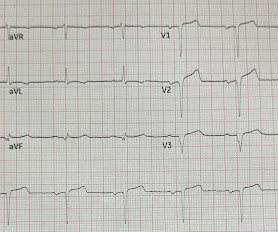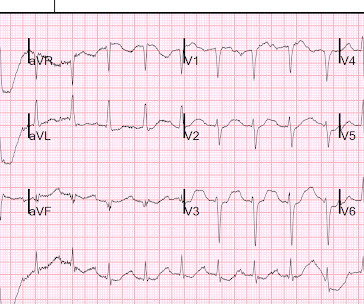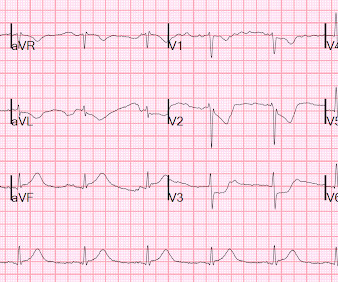Texted from a former EM resident: 70 yo with syncope and hypotension, but no chest pain. Make their eyes roll!
Dr. Smith's ECG Blog
SEPTEMBER 11, 2024
Here is the case: Report from EMS was witnessed syncope, his son did CPR, but the patient had pulses when EMS arrived. Here is the ED ECG (a photo of the paper printout) What do you think? American Journal of Emergency Medicine 2005; 23(3):279-287. How excited would you have been about this case?" No Chest Pain, but somnolent.











Let's personalize your content